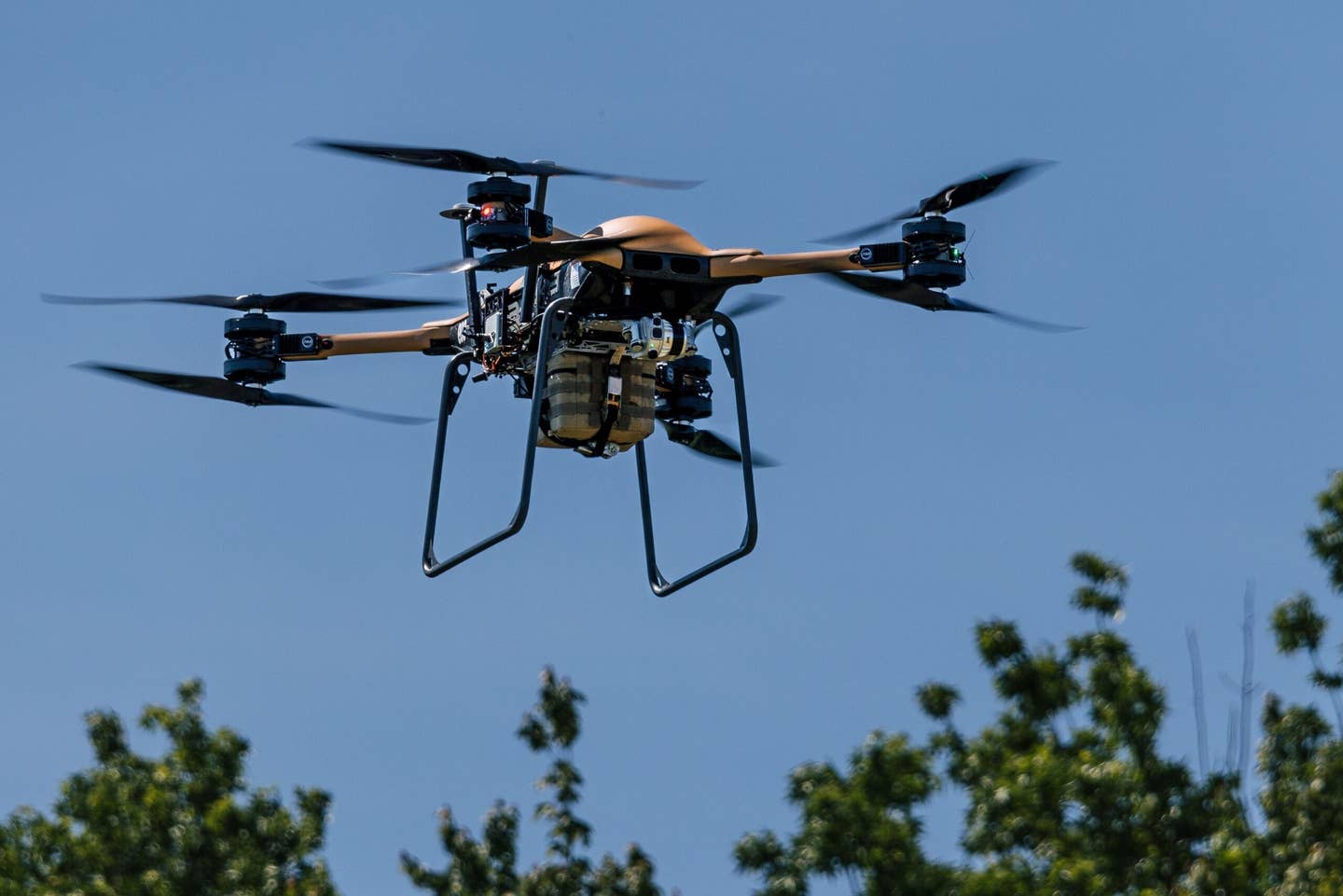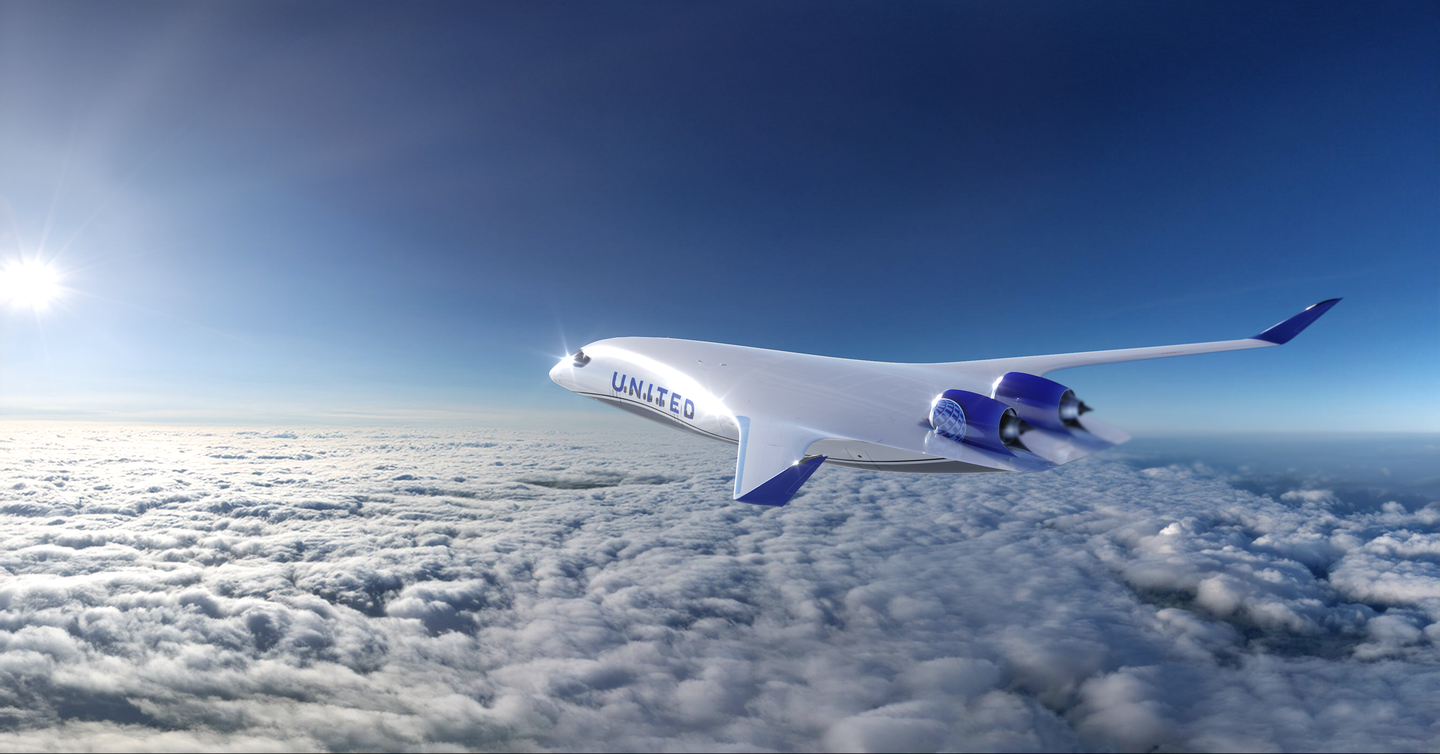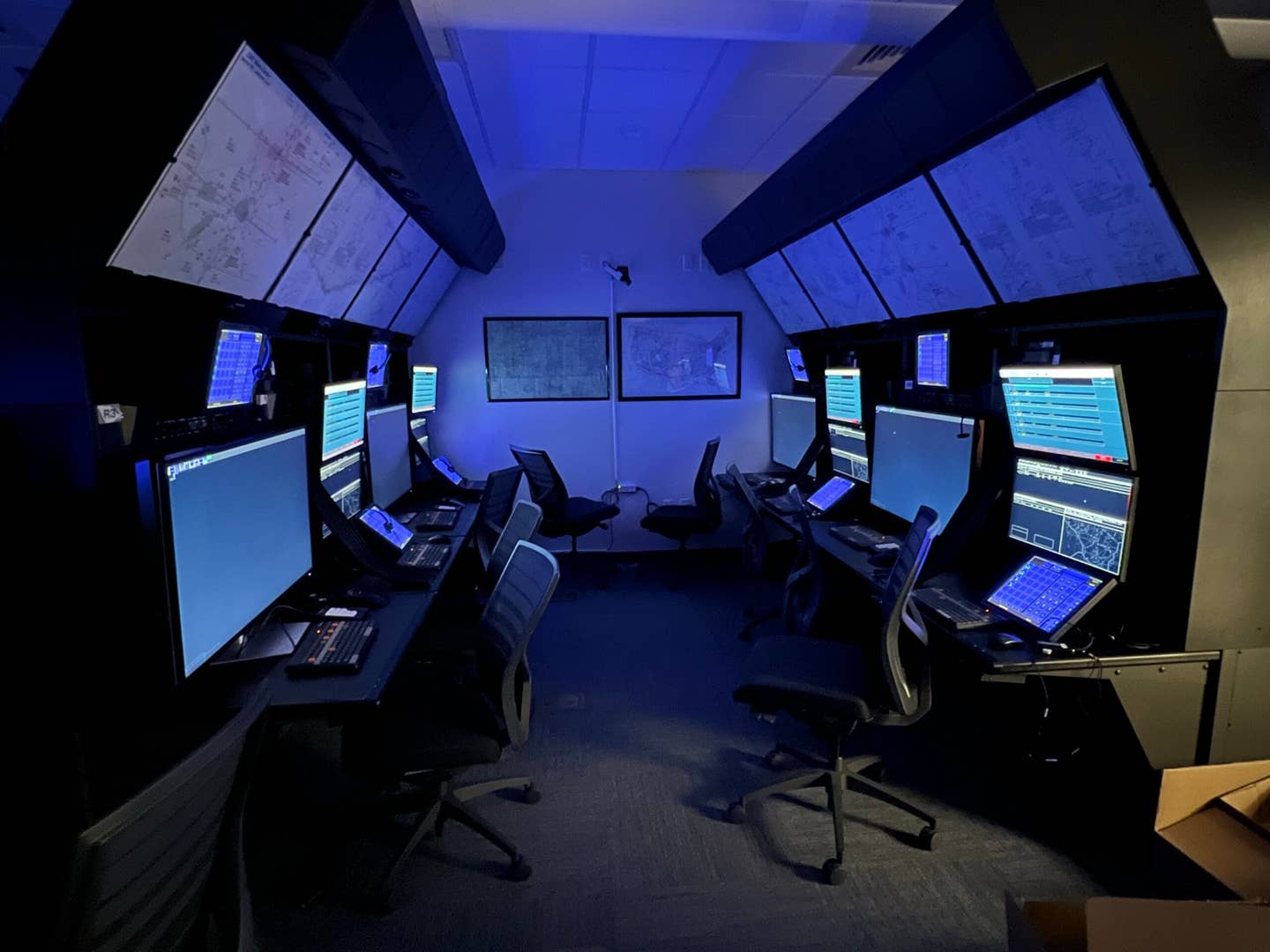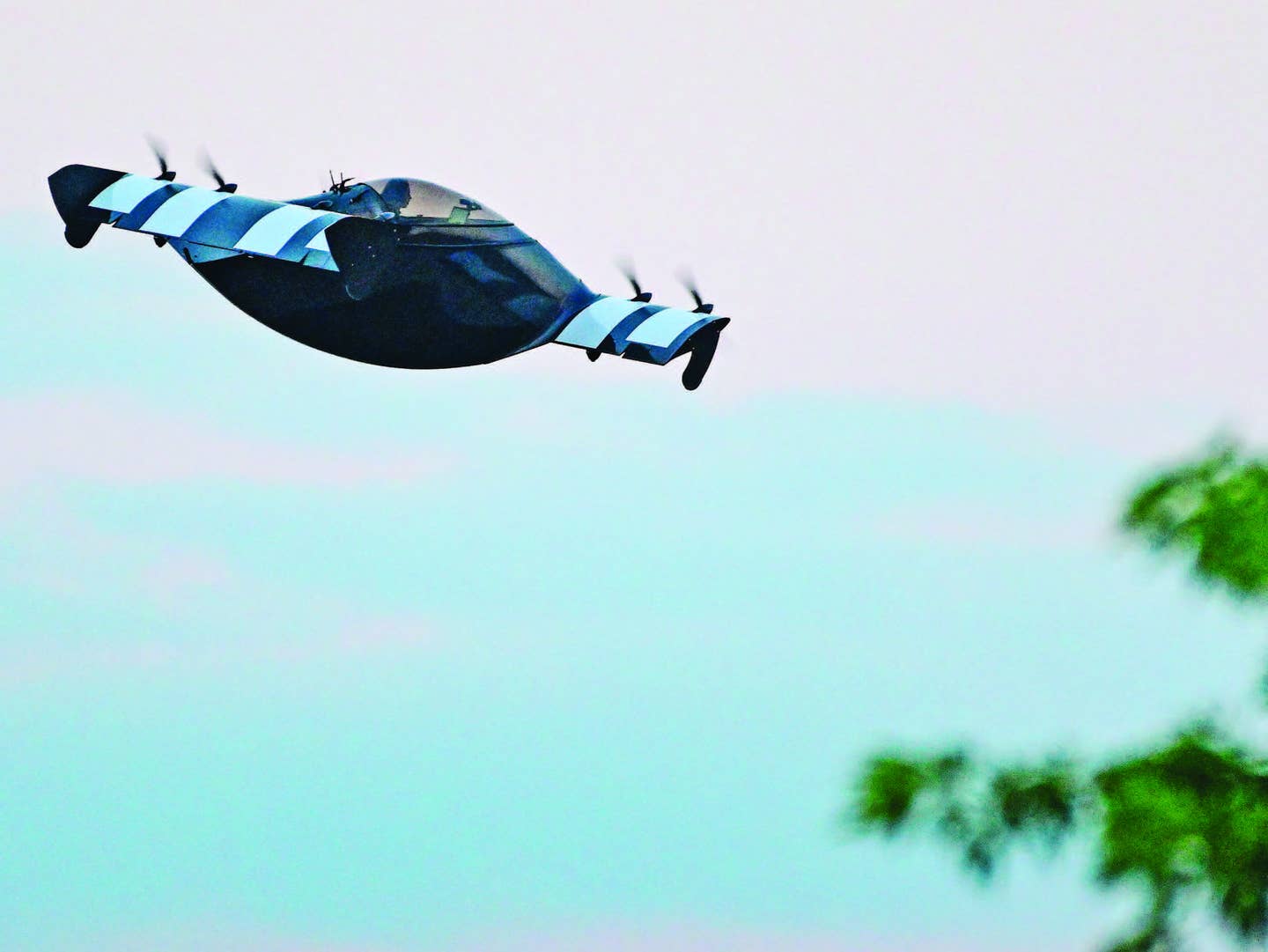How Much Do Drone Pilots Make?
Explore the growing demand and earning potential for drone pilots.
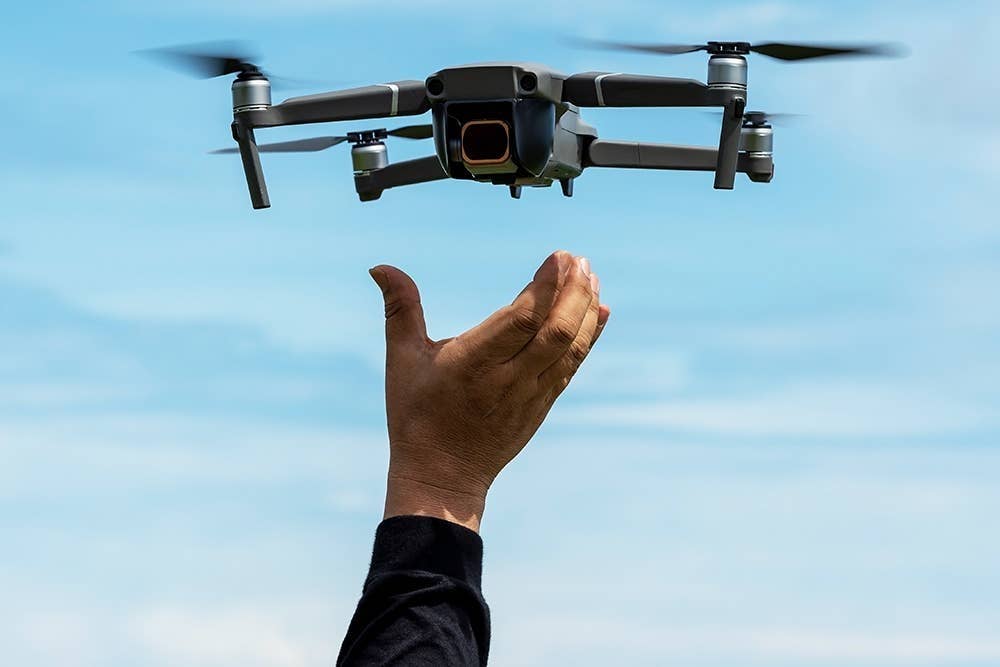
Investing in your education and staying current with industry trends will enhance your earning potential and position you as a leader in the drone industry. [Adobe Stock photo]
The drone industry's growth has been nothing short of amazing over the past decade.
The first Part 107 commercial drone pilot rules were enacted in August 2016. Eight years later, there are more than 400,000 certified remote pilots and more than 785,000 registered drones.
Drone technology has already proven itself across a wide range of industries, including law enforcement, industrial inspections, precision agriculture, search and rescue, and more.
Although drone technology has changed a lot since the FAA first started regulating commercial operations, what has stayed the same is the need for skilled and legal drone pilots.
With regulators making moves to strengthen the domestic market, now is the time to consider a career change or even pick up a side hustle as a drone pilot.
- READ MORE: Learning Drone Camera Basics
But how much can you make as a drone pilot? The answer to that question is more complex because a drone pilot's salary can vary widely depending on several factors.
Let's dig into the details and shed some light on the earning potential of commercial drone pilots.
Factors Affecting Drone Pilot Salary
To answer the question of how much drone pilots make, we need to examine the factors affecting drone pilot salaries. While many variables can affect what drone pilot jobs pay, most can be broken into one of four categories:
- Industry
- Experience level
- Location
- Employment type
How Industry Impacts Drone Pilot Salaries
One of the biggest factors that influence how much a drone pilot can earn is the industry in which they work.
Drones are used in many different sectors, each with its own pay scale. The latest trends in technology also impact each of these industries and what career paths are open to drone pilots.
- Real estate: In real estate, drones are often used to take aerial photos and videos of properties. These visuals can give potential buyers a better understanding of the property's layout and surroundings. Real estate drone pilots typically earn a moderate salary, but those specializing in high-end properties can earn more. This is where most pilots, especially those using drones as a side hustle, typically work.
- Film and photography: The film and photography industry is another major employer of drone pilots. Drones are used to capture breathtaking shots that would be difficult or impossible to achieve with traditional cameras. Pilots in this industry can command high rates, especially if they have experience working on big-budget productions.
- Agriculture: In agriculture, drones monitor crops, map fields, and spray pesticides. The pay in this sector can vary, but experienced pilots with specialized knowledge in agriculture can earn a good salary.
- Inspection and maintenance: Drones are increasingly used to inspect and maintain infrastructure like bridges, power lines, and pipelines. This type of work often requires pilots to have specialized skills and certifications, which can lead to higher pay.
- Public safety and emergency services: Drones play an important role in public safety and emergency services, such as search and rescue operations, firefighting, and law enforcement. Pilots working in this sector might not earn as much as those in the film industry, but the work can be incredibly rewarding and offer job stability.
- Delivery services: Companies such as Amazon and UPS are exploring using drones for delivery services. While this sector is still in its early stages, it has the potential to offer good salaries as the technology and demand for drone deliveries grow.
- Military and government: The military and government agencies also employ drone pilots, often for surveillance, reconnaissance, and other tactical operations. Pilots in these roles can earn high salaries, especially with military experience or specialized training.
Role of Experience Level in Determining Drone Pilot Earnings
Another key factor in determining a drone pilot's salary is their experience level.
- Entry level vs. experienced pilots: As in any other job, entry-level drone pilots typically earn less than those with more experience. However, the great thing about the drone industry is that there are plenty of opportunities to gain experience quickly. Many drone pilots start by taking on smaller, lower-paying jobs to build their portfolio. As they gain experience and improve their skills, they can start charging higher rates and taking on more lucrative jobs. Flight hours are a common way the industry tracks experience level. New pilots can expect to command hourly rates of $50 to $100, while experienced pilots can get much higher amounts.
- Certifications and licenses: Certifications and licenses can greatly impact a drone pilot's salary. In the United States, for example, drone pilots must obtain a Part 107 certification from the FAA to operate commercially. Online courses like those provided by Altitude University and the Pilot Institute are excellent ways to prepare for the Part 107 exam. Pilots with additional certifications, such as those operating drones in specific industries or environments, typically command higher rates.
Location Matters: How Geography Affects Drone Pilot Pay
Where a drone pilot works can also have a significant impact on their salary. Some markets have more opportunities than others. Salaries can vary significantly from one area to another.
- Geographical differences in salary: Salaries for drone pilots can vary depending on the location. For example, drone pilots working in major cities or tech hubs like San Francisco, New York, or Los Angeles might earn more than those working in smaller towns or rural areas. This is partly due to the higher demand for drone services in urban areas and the generally higher cost of living.
- Cost of living impact: Considering how this affects a drone pilot's salary is important. A higher salary in an expensive city might not go as far as a lower salary in a more affordable area. Drone pilots must weigh these factors when deciding where to base their operations.
Employment Type: Full time vs. Freelance Earnings for Drone Pilots
The type of employment a drone pilot chooses can also affect their earnings. There are pros and cons to each path you choose, and deciding one way or another depends on your goals and personal preferences.
- Full time vs. freelance: Some drone pilots work full-time for a company, while others operate as freelancers. Full-time positions often have steady salaries and benefits such as health insurance and retirement plans. On the other hand, freelance drone pilots have the potential to earn more by taking on multiple clients and charging higher rates. Still, they also have to manage their business expenses and deal with the uncertainty of fluctuating income.
- Salary vs. hourly rate: Drone pilots can be paid a salary or an hourly rate, depending on the job. Salaried positions typically offer more stability, while hourly rates can vary widely depending on the complexity and duration of the job. Freelancers often charge hourly or per project, and their rates can increase as they gain more experience and build a strong portfolio.
Exploring Salary Ranges for Drone Pilots: What to Expect
Now that we've covered the factors influencing a drone pilot's salary let's look at some average earnings.
- General salary ranges for different industries: On average, drone pilots in the real estate industry can expect to earn anywhere from $40,000 to $70,000 per year. Those working in the film and photography industry earn between $50,000 and $100,000, depending on their experience and the types of projects they work on. In agriculture, salaries typically range from $40,000 to $80,000. Pilots working in inspection and maintenance can earn between $50,000 and $90,000, while those in public safety and emergency services might earn between $40,000 and $75,000 annually.
- Comparison of salaries in different regions: Salaries can also vary based on location. For example, a drone pilot in California might earn significantly more than a pilot in the Midwest due to the higher demand for drone services and the higher cost of living in the state. In contrast, a drone pilot working in a rural area might earn less, but their cost of living would also be lower. Remember that there are always exceptions to the rule. I often work in very rural areas. Since I am the only pilot willing to take the work, I can often charge several thousand dollars for a single day’s work.
- Potential for high earnings in specialized roles: High earnings are even greater for drone pilots who specialize in a particular industry or have advanced certifications. Pilots who work on big-budget film productions or handle complex inspections for critical infrastructure can earn six-figure salaries. Additionally, those with a strong reputation and network can command premium service rates.
Proven Strategies to Boost Your Earnings as a Drone Pilot
If you're a drone pilot looking to boost your earnings, here are some strategies to consider. These time-tested recommendations have helped many pilots rise to the top of their respective markets.
- Building a strong portfolio: One of the best ways to increase your value as a drone pilot is to build a strong portfolio that showcases your skills and experience. A portfolio with high-quality images, videos, and case studies can help you stand out to potential clients and employers.
- Networking and marketing: Networking is not just a bonus in the drone industry; it's a necessity. Connecting with other professionals, attending industry events, and promoting your services online can increase your visibility and attract more clients. Social media platforms, especially LinkedIn and YouTube, can be powerful tools for marketing your services. Remember, it's not just what you know but who you know that can make a difference in your career.
- Acquiring additional certifications: As mentioned earlier, having additional certifications can help you command higher rates. Consider pursuing certifications relevant to the industry you want to work in, such as thermography for inspections or cinematography for film work. Online learning platforms offer additional training beyond Part 107. Many schools offer classes in real estate photography, thermal inspections, cinematography, and more.
- Staying updated on industry trends: The drone industry is constantly evolving, with new technologies and applications emerging all the time. Staying updated on industry trends and continuing to learn new skills can help you stay competitive and increase your earning potential. Numerous conferences and events throughout the year are excellent ways to stay on top of the latest trends.
Maximizing Your Earning Potential as a Drone Pilot
The drone industry is an exciting and rapidly growing field, offering a wide range of opportunities for those interested in becoming drone pilots.
Whether you're drawn to the creative aspects of aerial photography or the technical challenges of industrial inspections, there's a niche for everyone. As you've learned, factors like industry, experience, location, and employment type play crucial roles in determining how much you can earn as a drone pilot.
- READ MORE: Best Drones for 2025
Getting the proper training and certifications is essential if you're ready to take the next step toward a lucrative and fulfilling career. Institutions such as Altitude University and the Pilot Institute offer comprehensive courses that can help you get certified and build the skills necessary to excel in this competitive market.
Investing in your education and staying current with industry trends will enhance your earning potential and position you as a leader in the drone industry. Reach out to these online schools today and start your journey toward becoming a highly skilled and successful drone pilot.
If you are ready to move towards entering the drone industry, check out this guide on breaking in and securing your first job.
FAQs
What certifications do I need to become a commercial drone pilot?
To become a commercial drone pilot in the United States, you need to obtain a Part 107 certification from the FAA. This involves passing a written exam that covers topics like airspace regulations, weather, and drone operation.
What are the typical costs involved in becoming a drone pilot?
Becoming a drone pilot includes the Part 107 exam fee (around $175), a quality drone (ranging from $500 to several thousand dollars), and additional expenses for training courses, insurance, and software.
What legal considerations must I be aware of as a drone pilot?
As a drone pilot, you must follow FAA regulations, including flying within visual line of sight (VLOS), avoiding restricted airspace, and respecting privacy laws. Understanding local and federal regulations is crucial to operating legally and safely.

Sign-up for newsletters & special offers!
Get the latest FLYING stories & special offers delivered directly to your inbox

